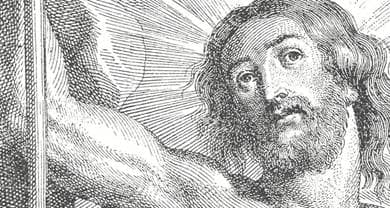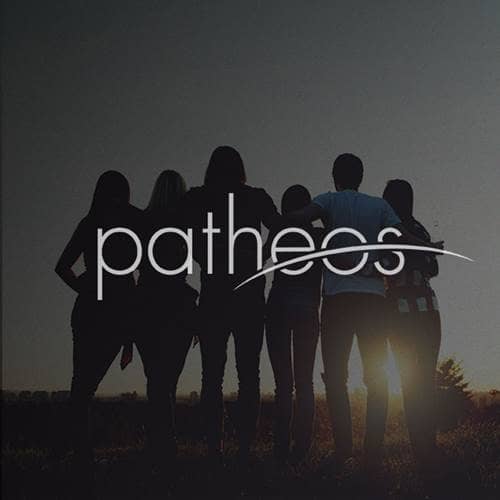- Trending:
- Pope Leo Xiv
- |
- Israel
- |
- Trump
- |
- Social Justice
- |
- Peace
- |
- Love

RELIGION LIBRARY
Anglican/Episcopalian
Gender and Sexuality
Prior to the rise of Liberal Anglicanism, gender and sexuality were not generally areas of widespread transformation or dispute in Anglicanism. There was controversy over the prospect that Elizabeth I, when she restored Protestantism to the English realm after her accession in 1558, might become the supreme head on earth of the Church of England, as Henry VIII and Edward VI had been. She was designated instead the "supreme governor." Also, there is a rich body of scholarship on the history of contributions by women in Anglicanism, and women have been ordained as Anglican deacons (assisting clergy) since the 19th century. But matters such as women ordained to the priesthood and liturgical rites for homosexual marriage simply were not culturally ripe for great ecclesiastical action or dispute.
All this has changed wholesale over the last century. Indeed, it is probably safe to say that gender and sexuality have become the most visible arenas of transformation and conflict arising from Liberal Anglicanism. Liberal Anglicanism tends to qualify the authority of scripture and tradition, instead emphasizing reason, experience, and ethics, with ethics often defined as much in terms of cultural norms as biblical pronouncements. Thus, as new technologies and social movements have confronted the culture, they have confronted the Church, as well. To a greater extent than in many other Christian traditions, large and influential groups within Anglicanism have embraced the outcomes of Liberalism. Meanwhile, those adhering to traditionally orthodox perspectives have taken increasingly strong stands against such outcomes within the Church, and Anglicanism has become so sharply divided that massive schism seems all but inevitable.
One should not conclude from this that changes regarding gender and sexuality are limited to liberal groups within Anglicanism. For instance, the use of artificial contraception was once condemned in Anglicanism, but now it is accepted by most among liberals and conservatives alike. Similarly, Anglicanism once rejected the marriage in the Church of a person who has been divorced, but now it is rare to find opposition to the practice.
The issue of women in the priesthood has been somewhat more complex. The practice received its first official sanction in Hong Kong in 1970. Canada followed in 1976, and the U.S. in 1977. England was a relative latecomer, in 1993. The practice met with enormous resistance, and some conservative groups departed the Anglican Communion. The matter remains controversial, but there is not a simple division between liberals and conservatives. A number of Anglo-Catholics who have resisted the influence of Liberalism remain opposed, as do many Evangelicals. However, many other Evangelicals embrace the practice. The outcome is a predictably confused portrait of Anglican ministry. Most Anglican provinces now ordain women to the priesthood, although there are some dioceses within these provinces that do not adhere to the practice. Some provinces also have women bishops, and one has a woman primate. In the United States, among the conservative groups that have broken off from The Episcopal Church there are some that ordain women and some that do not. It appears that the proposed North American province that would unite them allows for, but does not mandate, the ordination of women to the priesthood. Only men, however, may be ordained as bishops.
A much greater controversy in Anglicanism surrounds homosexual practice. Historically, Anglicanism (and Christianity generally) has condemned homosexual practice. Indeed, the 1998 Lambeth Conference upheld the biblical principles of fidelity between a man and a woman in marriage, and abstinence for those not called to marriage. By the time of that Conference, however, some Anglicans had begun to question this stance, and ordinations of openly gay clergy were already taking place. It has been argued that the biblical principle of fidelity remains relevant, while the specific biblical moral injunctions regarding homosexuality were culturally conditioned and are no longer applicable. Thus, the Church should support "monogamous" homosexual relationships.
This and similar arguments began to carry increasing weight in North American Anglicanism, and homosexual clergy had probably been quietly tolerated for years in some dioceses. Then two separate events of great significance occurred in 2003. In one, the Diocese of New Hampshire elected the first openly gay non-celibate bishop in the Anglican Communion, V. Gene Robinson. In the other, the Diocese of New Westminster (Canada) determined to bless same-sex unions in the Church. These events were hailed as transformative by progressives both inside and outside Anglicanism. They were condemned as apostate (contrary to the faith) by conservatives, again, both inside and outside Anglicanism. They were also condemned by some as contrary to the 1998 Lambeth Conference, and therefore schismatic in nature.
The resulting conflict is causing massive divisions, and indeed the continuing unity of the Anglican Communion is in doubt. And while on the surface it is differences over sexuality that are to blame, it may be seen that underlying these differences are fundamental theological disagreements that have stemmed, in large part, from the rise of liberalism.
Study Questions:
1. How has Liberal Anglicanism shaped conversations about gender and sexuality?
2. Do women have the same opportunities for leadership within the Anglican Church as men? Explain.
3. What is the Anglican stance on homosexual practice?










